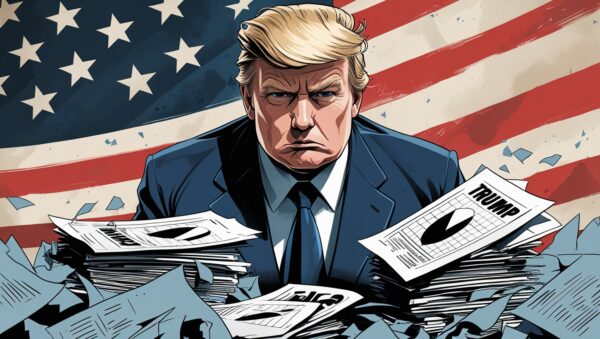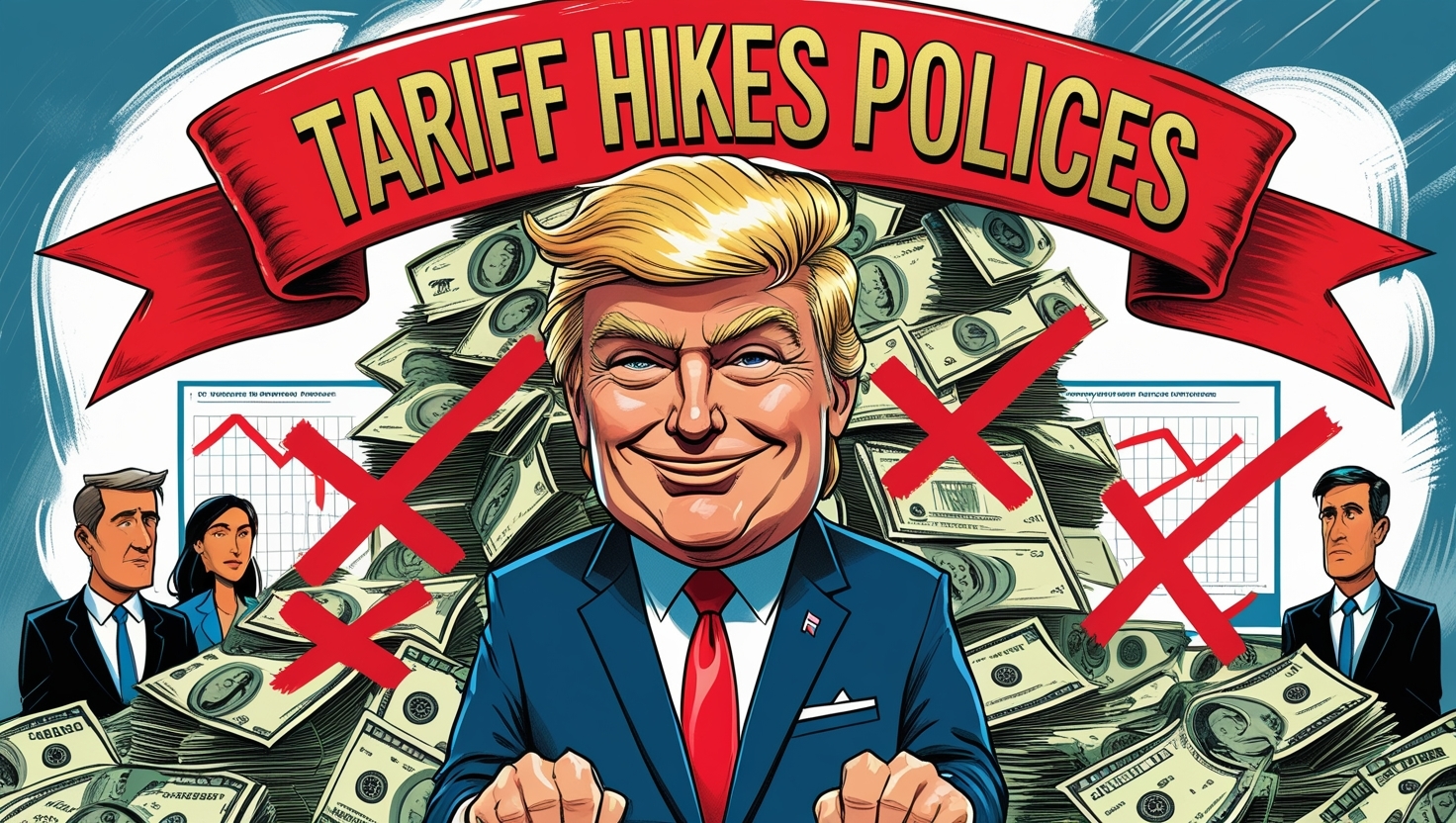The Economic Impact of Donald Trump Tariff Hikes Policies: A Comprehensive Analysis

Introduction
Donald Trump’s tariff hike policies, particularly during his presidency, have been a subject of significant debate. These policies aimed to protect American industries and reduce trade deficits by imposing higher tariffs on imports from key trading partners such as China, Canada, and Mexico. This article explores the benefits, disadvantages, and long-term impacts of these tariff hikes on the U.S. economy.
Benefits of Trump Tariff Hikes Policies
Protection of Domestic Industries: One of the primary goals of Trump’s tariff policies was to protect domestic industries from foreign competition. By imposing higher tariffs on imported goods, the policies aimed to make American-made products more competitive in the domestic market
Job Creation: The tariffs were intended to boost employment in manufacturing sectors by encouraging companies to produce goods within the United States. For instance, tariffs on imported washing machines were associated with the creation of new jobs in the domestic appliance industry
Reduction of Trade Deficits: Tariffs were also seen as a tool to reduce the trade deficit by making imported goods more expensive and less attractive to consumers, thereby encouraging the purchase of domestically produced goods
Disadvantages of Trump Tariff Hike Policies
Increased Consumer Prices: One of the most significant drawbacks of tariff hikes is the increase in consumer prices. Higher tariffs on imported goods often lead to higher prices for those goods in the domestic market, which can reduce consumers’ purchasing power
Retaliation from Trade Partners: Tariff hikes can lead to retaliatory measures from other countries. For example, in response to U.S. tariffs, China imposed its own tariffs on American goods, which negatively impacted U.S. exporters
Economic Uncertainty: The imposition of tariffs can create uncertainty in the market, affecting business investment and economic growth. Companies may delay or reduce investment due to the unpredictability of trade policies
Trump Tariff Hike Policies Long-Term Impact on the U.S. Economy
Inflationary Pressures: Over the long term, tariffs can contribute to inflation by increasing the cost of imported goods and materials. This can lead to higher overall prices for consumers and businesses
Impact on GDP Growth: Studies have shown that tariffs can have a negative impact on GDP growth. Higher costs for businesses and consumers can reduce spending and investment, leading to slower economic growth. Estimates suggest that Trump’s tariffs could reduce U.S. GDP by a significant margin over several years
Shift in Global Trade Dynamics: Tariff policies can also lead to shifts in global trade dynamics. Countries affected by U.S. tariffs may seek new trade partners, potentially reducing the United States’ influence in global trade
Here are some notable quotes from Donald Trump about tariffs:
- “Tariff is the most beautiful word in the dictionary.” – Trump has often expressed his enthusiasm for tariffs, emphasizing their importance in his economic strategy
- “We’re going to have 10 to 20% tariffs on foreign countries that have been ripping us off for years.” – During a campaign rally, Trump highlighted his plan to impose tariffs on countries he believed were taking advantage of the U.S.
- “The higher the tariff, the more likely it is that the company will come into the United States and build a factory in the United States, so it doesn’t have to pay the tariff.” – Trump explained his belief that tariffs would encourage companies to relocate their production to the U.S.
- “If I’m going to be president of this country, I’m going to put a 100, 200, 2,000% tariff. They’re not going to sell one car into the United States, because we’re not going to destroy our country.” – Trump emphasized his willingness to impose extremely high tariffs to protect American industries
FAQs
Q: What were the main goals of Trump’s tariff hike policies? A: The main goals were to protect domestic industries from foreign competition, create jobs in manufacturing sectors, and reduce trade deficits by making imported goods more expensive and less attractive to consumers.
Q: How did tariff hikes impact consumer prices? A: Tariff hikes led to increased consumer prices for imported goods, reducing consumers’ purchasing power and potentially contributing to inflation.
Q: What were some of the retaliatory measures taken by other countries? A: In response to U.S. tariffs, countries like China imposed their own tariffs on American goods, negatively impacting U.S. exporters.
Q: What is the long-term impact of tariff hikes on the U.S. economy? A: Long-term impacts include potential inflationary pressures, slower GDP growth, and shifts in global trade dynamics as affected countries seek new trade partners.
Conclusion
While Donald Trump tariff hike policies were designed to protect American industries and reduce trade deficits, they also brought about several challenges, including higher consumer prices, retaliation from trade partners, and economic uncertainty. The long-term impact on the U.S. economy includes potential inflationary pressures and slower GDP growth. As with any economic policy, the full effects of these tariffs will continue to be analysed and debated in the years to come.
External Links
- Trump Tariffs: The Economic Impact of the Trump Trade War
- A Timeline of U.S.-China Tariffs Since Trump’s First Term
- Fact Sheet: President Donald J. Trump Imposes Tariffs on Imports from Canada, Mexico and China
The CFPB: 5 Ways It Protects Consumers and 3 Controversies That Challenge Its Power

